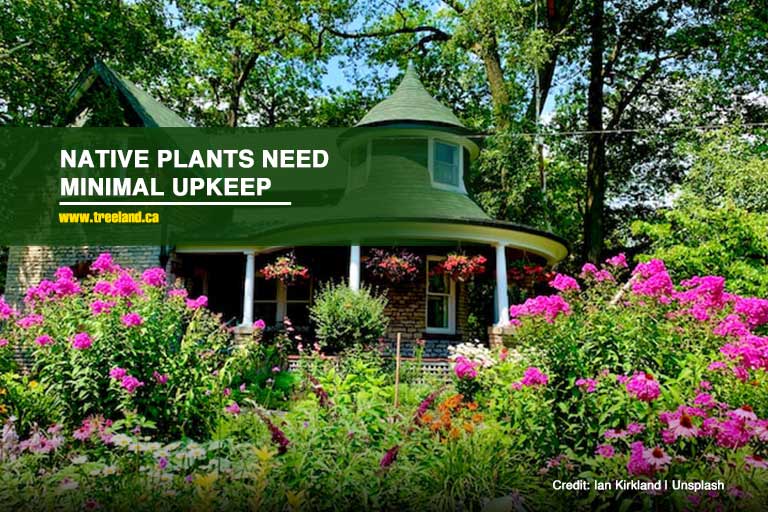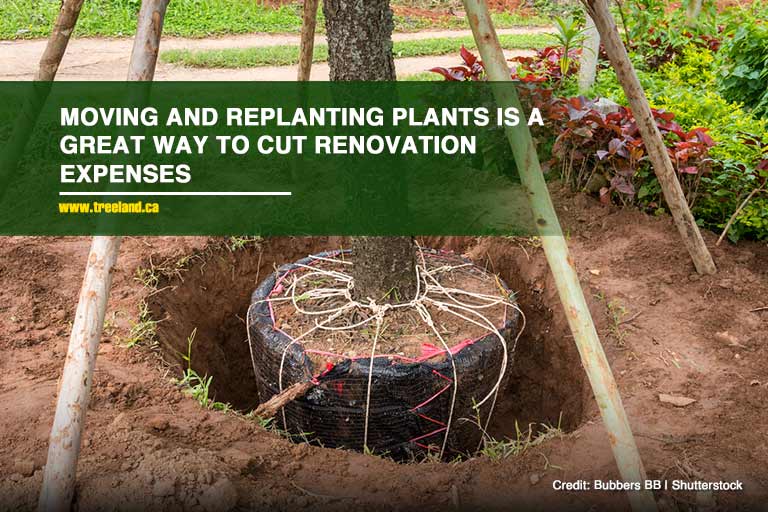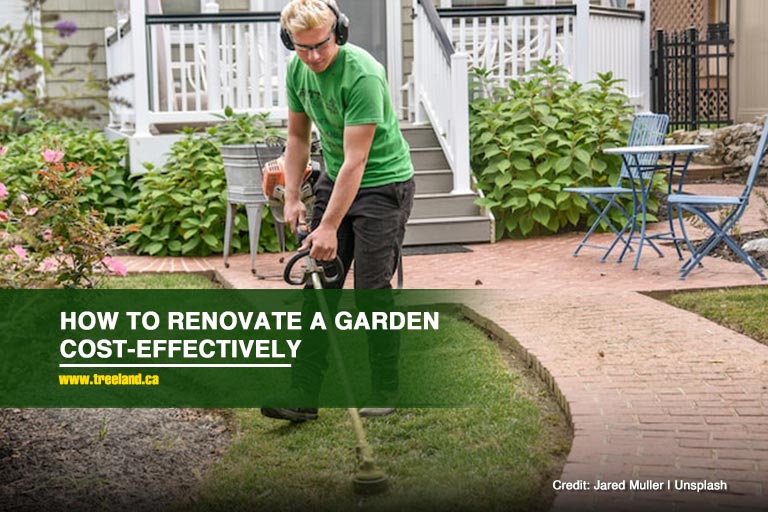The living area on your property includes a lot more than simply the rooms in your house. You can make the most of and improve the appearance of your landscape with some thoughtful landscaping. Landscape and gardening renovations do not have to cost a lot of money. With a little creativity and imagination, you can accomplish a lot, whether it’s fixing up a patio area or starting an entire outdoor idea.
You can design a gorgeous, comfortable landscape for little to no money if you recycle old containers, spread out some free mulch, or hang some string lights. You can accomplish inexpensive projects quickly if you are crafty and resourceful. Here are some ideas on how to make your garden look nice on a budget:
- Embrace the Landscape
It is expensive to move soil, so learn to embrace the slopes of your landscape rather than battling them. Build a grass terrace if the terrain is so steep. To accentuate contours, you can also utilize several types of grass or plants. There are many affordable landscaping options available, but utilizing the land’s natural contours is particularly fascinating since it gives the environment a lot of texture. The possibilities are endless.
- Try Vertical Gardening
A plain, white fence can be quite a sore thumb among the greenery. Vertical gardens are an excellent place to start if you’re searching for easy backyard ideas to freshen up a tiny outdoor area. Simply described, vertical gardening is the practice of growing plants in a vertical space. They not only maximize the available space but they may also be reasonably priced, particularly if you create them out of recyclable materials like used plastic bottles or old wooden ladders.
- Transform and Repurpose
When you’re doing a garden renovation on a budget, resist the need to take out and throw away everything in your current landscape. Perhaps you have some old outdoor furniture you’ve been unsure what to do with, or you’re aware of a neighbour wanting to get rid of some outdated items. They can easily be transformed into something very lovely with some paint or wood varnish. Old outdoor furniture may be beautifully restored at a reasonable price. Use an old wheelbarrow, tub, piano, or other objects to hold the plants and create a striking focal point. You’ll excel at recycling, and your front yard is probably home to a one-of-a-kind masterpiece.
- Use Mulch Alternatives
The perfect addition to your flower gardens is mulch. Your flower beds will get a textured ground cover from it, and it will help keep out those annoying weeds from ruining the display. Mulch also aids in retaining moisture, and organic mulches can replenish the soil’s nutrients to improve the health of the plants.
For less money, you may also consider mulch substitutes for landscaping to brighten up your property. You can find free mulch in your community, including wood chips, straw, compost, leaves, and grass clippings. This low-cost landscaping solution will enhance the beauty of your flowers while also promoting plant growth.
- Grow Native Plants

You may eventually save money while preserving the environment by doing some research on native vegetation. This is mostly because native plants are adapted to the local climate, so you don’t have to spend a lot tending them.
Additionally, there are advantages to choosing local plants in regions that endure harsh cold, a lot of rain, or other geographically specific circumstances that might not be ideal for all plant species. Think beyond flowers while researching native plants. Ground cover, decorative grasses, shrubs, and trees are more native species to look for.
- Plant Perennials for Annual Enjoyment
One smart garden makeover idea is to plant perennials to provide colour for every flowering season. As a result, you won’t need to purchase and plant new flowers every year, saving you money and time in the garden. Although there is an upfront expense associated with planting seedlings or blooming flowers, choosing perennial kinds will provide you with a wide range of vibrant selections in almost any environment. Many perennial plants can eventually grow to occupy more area, which could be a fantastic way to add a splash of colour.
Common perennial plants include tulips, daylilies, hydrangeas, lavender, and coneflowers.
- Add Small Details For Big Impact
By including unique plants or eye-catching patio furniture, you may give a modest garden a makeover. You may always scale up or down depending on the available area, but this kind of renovation can be really easy if you use items you already have or items you are restoring.
Simple additions like house numbers, a vintage mailbox, or a chic bird feeder can make a great visual effect and instantly improve visual appeal. Glass items in particular will shine and reflect light. Once the sun has set, outdoor string lights can turn your entire garden into an enchanting setting.
- Plant a Tree
One of the most basic and affordable landscaping ideas for the backyard is to plant trees. Simple digging equipment, mulch, and the tree are all that is required. If you enjoy conserving resources, consider planting a little sapling. When the time comes to sell your property, a few trees may even boost its value.
Additionally, if you plant trees in the proper place, you may wind up saving even more. When saplings are planted carefully, they can develop into large trees that lower the cost of household power. Evergreens may reduce heat expenses by deflecting chilly winter winds, while deciduous trees may offer enough shade for your home to cut air conditioning bills.
- Work With What You Have

If there’s anything that can minimize costs during garden renovations, that is by reusing, refurbishing, and upcycling things you already have. Include items salvaged from junkyards, such as old fence planks, weathered bricks, aged gates, and stone troughs, in your landscaping. In addition to saving money, your new garden will gain a personality.
However, working with what you have doesn’t only mean recycling old items. You can also replant your shrubs and trees. Instead of uprooting them and getting new seedlings, why not transplant a tree or shrub instead?
Tree moving is a delicate process. So if you’re in the middle of breathing new life into your garden and want to save and relocate a tree somewhere else? Caledon Treeland’s tree moving professionals are ready to help! For more information about Tree Moving in Toronto, feel free to give us a call at (905) 880-1828 today.

